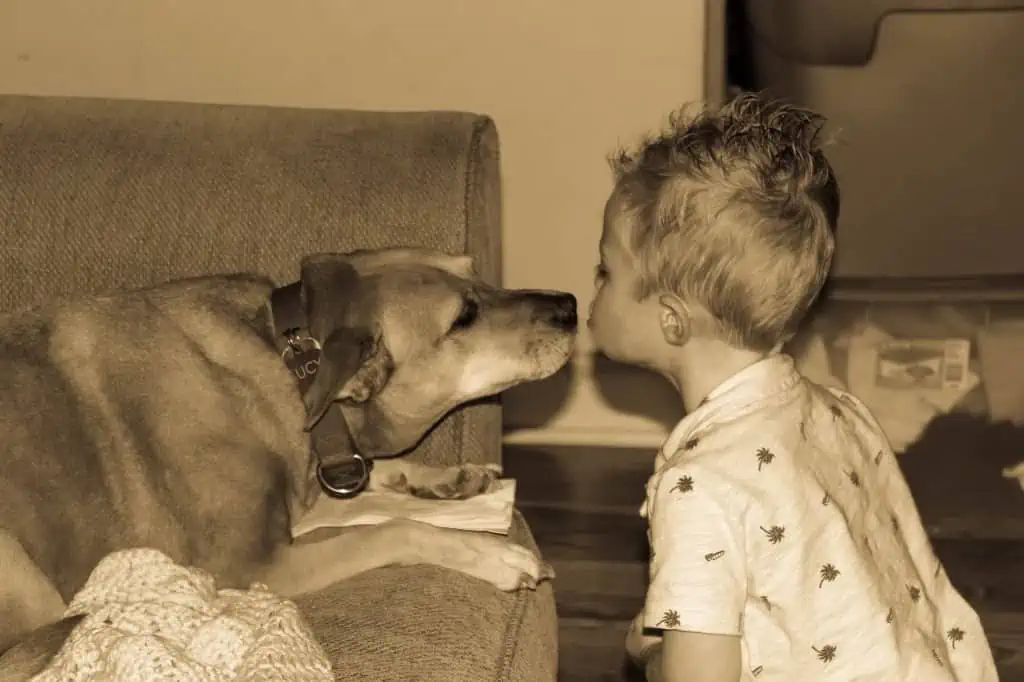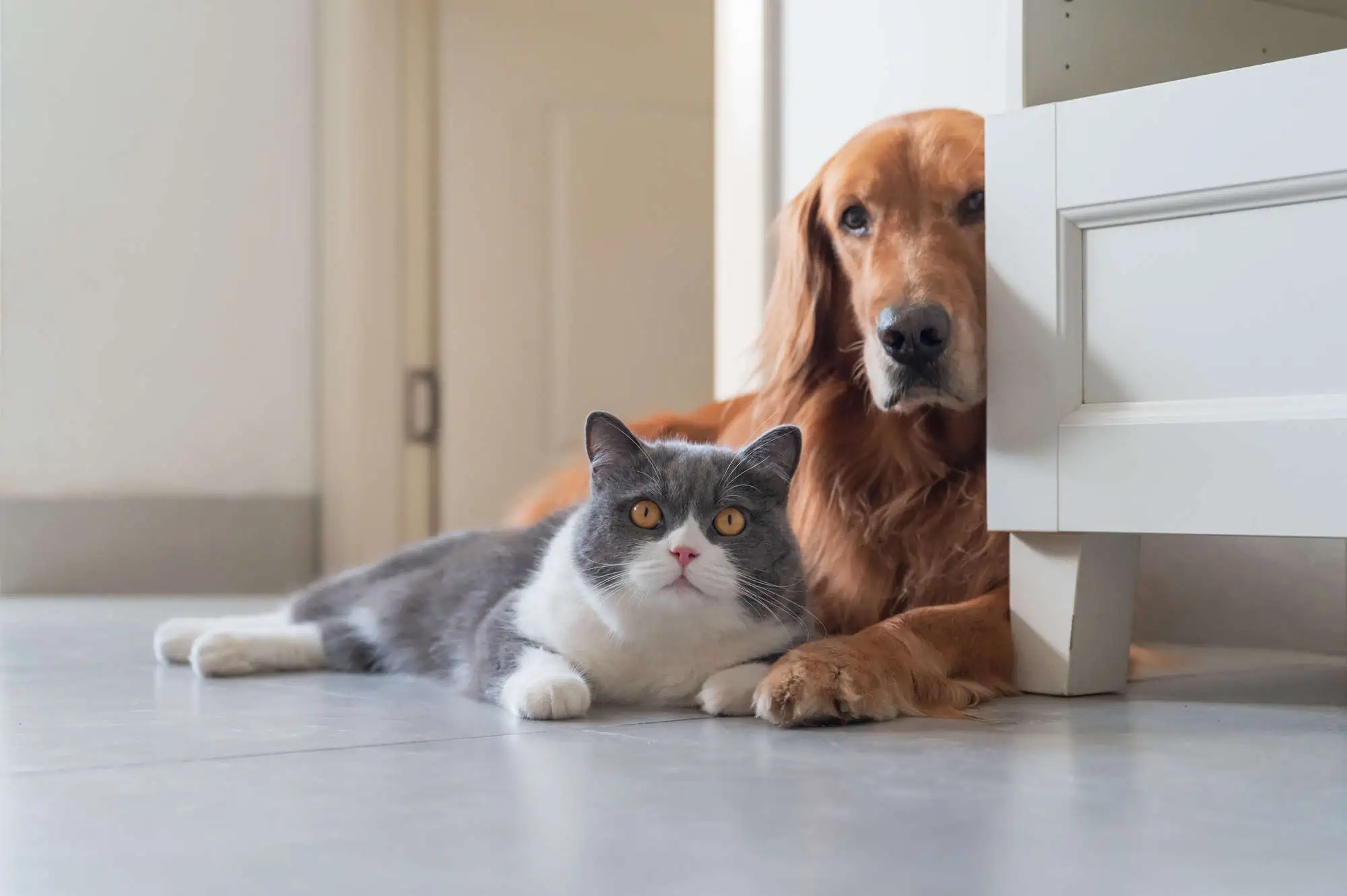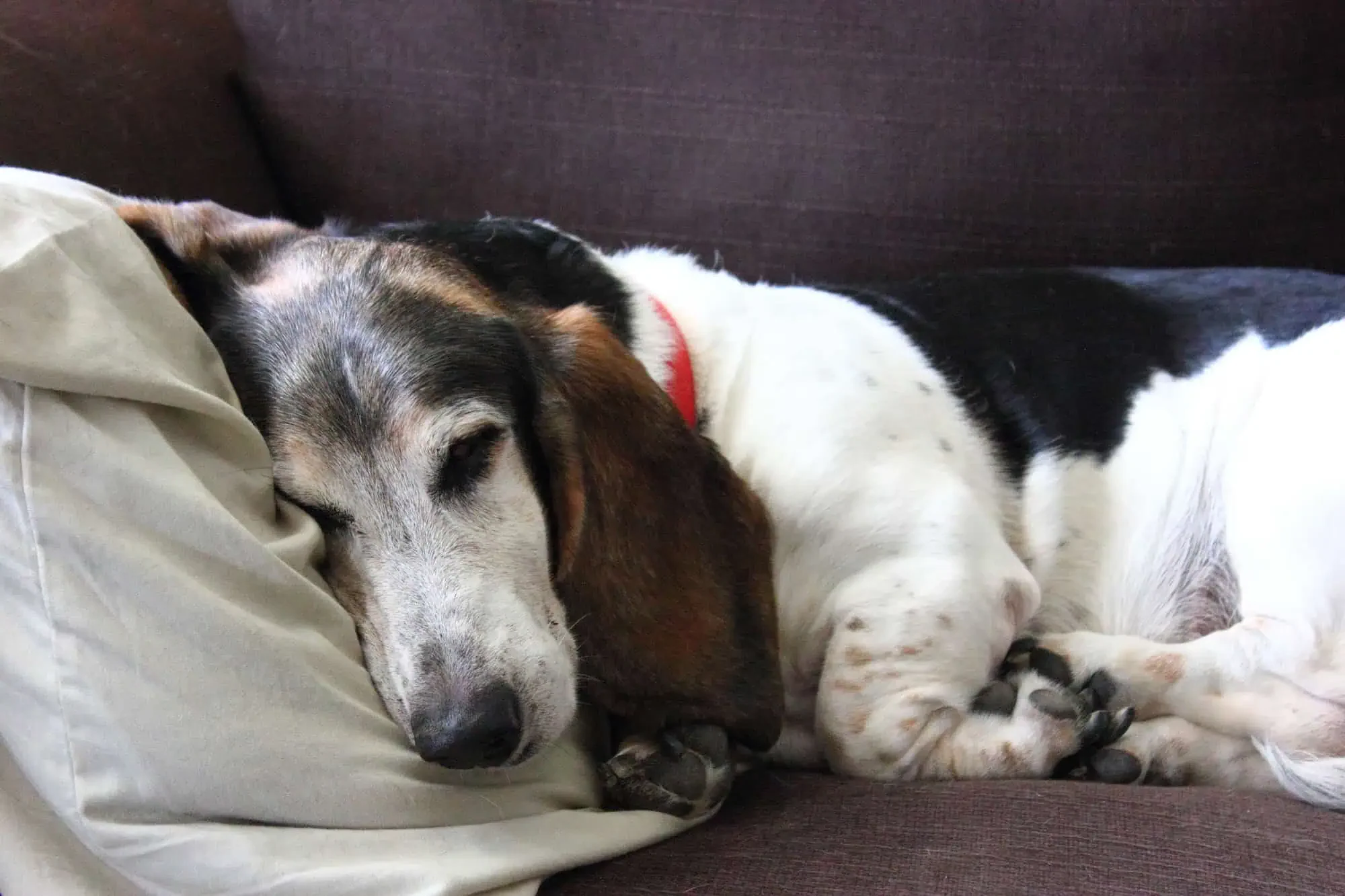Understanding Pet Euthanasia
Dr. Sandra's FAQs
Get answers to common questions about in-home pet euthanasia. Navigate the process with clarity and find comfort in understanding your choices.
Understanding In-Home Pet Euthanasia

Should other pets be present during an in home euthanasia?
It’s entirely your choice. Initially, most pets show interest for a few minutes, then typically find a place to relax nearby. This behavior is quite predictable, unless they’re puppies or a hypervigilant breed. Cats, on the other hand, usually remain more indifferent. While we welcome (and generally encourage) the presence of other pets during the appointment, if they become distracting for either you or your pet, it might be better to place them in another room. From the perspective of grieving, we believe it’s beneficial for pets to have the chance to be present during the appointment and/or to see their companion after they’ve passed.
Should children be present during an in home euthanasia?
It’s a deeply personal decision with various factors to weigh, including the child’s age, maturity, potential to distract you, prior experiences with death, and how you anticipate they’ll cope. Children are certainly welcome to be present for the appointment (Dr. Sandra has had several toddlers try on her stethoscope), and we take extra care in our choice of words to alleviate any stress they might feel.
Do I have to stay for the entire at home euthanasia appointment?
You are welcome to stay for as much or as little of the appointment as you are comfortable. There have been many times where it was too difficult for a family to stay and it is just the doctor and the pet. Some people will stay for the sedation, then step out, or only be present for the euthanasia. If you feel it might be too difficult mentally or emotionally on you or a family member, it may be best to step out for part or all of the appointment. Whatever feels right to you is what you should do.
Is euthanasia painful?
No, euthanasia is not painful. The pet is in a deeply sedated state prior to the euthanasia injection. However, pets that have historically been reactive to needles, such as by vocalizing or wiggling, may react similarly when receiving the sedation injection. We tend to give the sedative very slowly and with a very small needle to minimize any reaction. Many pets can be distracted by a good ear rub or if still eating, by a tasty treat.
Will you euthanize a healthy animal?
At TLC In Home Vet we pride ourselves on bringing peace to animals who are experiencing a diminished quality of life and/or who are terminally ill. While we understand that circumstances may arise where you are unable to keep a pet, if they are healthy or can be medically managed easily we recommend you talk to your veterinarian, local shelters, or rescue organizations to see if they might be able to help with treatment options or with rehoming.
Do you perform behavioral euthanasia?
The decision for behavioral euthanasia, such as in cases of severe anxiety or aggression, can be particularly emotionally challenging and difficult for families. Considering the sensitive nature of these situations, each case will be carefully assessed, and euthanasia will be considered by the veterinarian if specific criteria are met. Please reach out to discuss if this is something we might be able to help with.
Choosing In-Home Euthanasia vs Clinic Setting
How long does an in home euthanasia appointment last?
Typically appointments last approximately 30-45 minutes.
Can you prescribe something to relax my pet prior to your arrival?
Legally, without a valid veterinarian-client-patient relationship, which requires an in-person examination of your pet, we are unable to prescribe medications or provide medication recommendations prior to the appointment.
What are some differences between euthanasia at home versus in a clinic setting?
There are many ways in which euthanasia at home and in a clinic may differ, but this will vary depending on your hospital and your in home provider. Some things families have pointed out in the past include things such as home being a more intimate and comfortable setting, avoidance of a car ride, the ability to grieve more comfortably at home, and the patient being on their own comfortable surface like their own bed or in front of the fireplace. You are welcome to be present the entire appointment.
What can I expect during an in home euthanasia?
When the doctor arrives, she will greet you, your family, and your pet and address any questions you may have. The doctor will explain the sedation and euthanasia processes, addressing your concerns about what to expect during both. There’s a single consent form required for euthanasia (and aftercare, if chosen) that needs to be signed if not already completed online.
The procedure involves two injections: first, a sedative containing anti-pain, anti-anxiety, and sedation medications, typically taking about 5-10 minutes to reach full relaxation and sedation. This can vary, however, and will be discussed as needed during the appointment. The second injection is for euthanasia and usually takes 1-2 minutes. After your pet passes peacefully, the doctor will create a keepsake pawprint and then step out, giving you some private time.
If you opt for aftercare assistance, the doctor will return with a fresh, cozy blanket, a basket (or hand-held stretcher, based on your pet’s size), and gently transport your pet to her car. For pets over 30 pounds, we might request assistance to ensure smooth transport to the doctor’s vehicle.
What do I have to prepare for the in home euthanasia appointment?
Please don’t feel pressured to prepare extensively for the appointment; we understand you have a lot on your plate. We’ll take care of all the arrangements, striving to create a serene and peaceful environment for both you and your pet.
That being said, from experience we have a few suggestions to consider if they are right for your family:
For pets that are eating, some individuals prepare a favorite treat for their pet. This can be given prior to the appointment, but also at the time of sedation, if you’d like, so if your pet has a special treat they love, feel free to offer it.
While we have blankets available for pet transport, if you have a particular blanket your pet loves, having it ready for them is welcomed.
Occasionally, families set up a personalized music playlist or slideshow during the appointment. Additionally, you might wish to have a poem, prayer, or written piece ready to share if that resonates with you.
If a family member cannot be physically present, they’re welcome to join via FaceTime, Zoom, or the like during the appointment to participate remotely.
Consider putting your phone on silent shortly before the appointment or when the doctor arrives as they will frequently ring. Often these are calls from friends and family calling to check in, but can be distracting from the somber moments that can be experienced during the euthanasia.
Additionally, consider any scheduled or rotating services that may arrive during your appointment time, such as landscapers, contractors, or pest control services, who may, unintentionally, disrupt the peaceful setting.
Why won’t my family veterinarian come to my home to euthanize my pet?
At times, individuals seek in-home euthanasia and feel disappointed when their regular veterinarian is unable to accommodate this request. We can assure you it’s not a lack of willingness to assist; it’s one of the wonderful aspects of general practice—developing relationships with patients and their families and helping in their time of need. However, logistically, stepping away from the clinic for extended periods, especially on short notice, can be challenging.
We strive to make this experience as peaceful as possible and hope that when we leave you felt as though you were cared for by someone you have known and trusted for years.
Why should I euthanize my pet at home?
There are several reasons why in-home euthanasia might be the right choice for your family. Many of our patients, especially those in significant pain or with mobility issues, find the idea of moving their pet distressing as it might cause them more discomfort. Larger pets can be challenging, if not impossible, to transport in a car. Additionally, cats generally dislike carriers, car rides, and vet visits, making it rare for them to be comfortable in such situations.
Many pets tend to feel nervous or anxious at the vet’s office, often shaking or trembling. While this reaction is common, many families prefer their pets to be at ease during their last moments, avoiding any discomfort. Euthanizing at the vet’s office is a valid choice, but we often find that both pets and their families are more comfortable in the familiar setting of their home.
Who will show up to euthanize my pet at home?
Dr. Sandra has been providing in home euthanasia and end-of-life care services, since early 2014, helping thousands of families through one of the most difficult days of their life. Her veterinary education, clinical acumen, personal experiences with pet loss, and years of experience will ensure your pet is provided with the most compassionate, dignified, and peaceful passing.
In home euthanasia should always be performed by a licensed veterinarian. Only veterinarians possess the extensive training through veterinary school, that uniquely equips them to comprehend the intricate nature of disease processes and coexisting conditions that may complicate seemingly routine euthanasia procedures. Their expertise ensures thorough consideration and implementation, aiming to make the process as peaceful, seamless, and compassionate as can be.
Determining the Right Time for Euthanasia
How do I know it’s the “right” time to euthanize my pet?
Deciding when to euthanize a pet is an incredibly personal and difficult decision. Each patient and their circumstances are unique and there are both medical and personal factors that can play a role in helping to guide when it is the “right” time to say goodbye. Some factors that may indicate that euthanasia is a reasonable consideration for a pet could include:
- Having more bad days than good days.
- Decrease or cessation in appetite.
- No longer wagging their tail.
- Disinterest in playing.
- A diagnosis where their condition could rapidly decline and become life threatening, such as congestive heart failure or a large abdominal mass.
- They seem to be merely existing.
- Becoming more reclusive.
- When you list their three favorite things, they no longer do them and/or find joy in them.
- Moderate to severe cognitive dysfunction – may include pacing, panting, restlessness, up all night and sleeping all day, unable to be settled.
- Quality of life is no longer acceptable much or all of the time.
Please see our “Is It Time” page for further discussion.
Costs and Financial Considerations
What payment methods do you accept?
Payment is due at the time services are provided. We accept cash, personal check, Venmo and all major credit cards. Checks can be made out to “TLC In Home Vet”. A prepayment link will be sent the morning of the appointment to the email on file (check spam if it doesn’t show in your inbox) and can be utilized if you would prefer to pay by credit card in advance. If you need to cancel your appointment (and have paid via credit card), please note there is a 3.5% credit card processing fee that is non-refundable. We do not accept CareCredit, but do accept Scratchpay.
How much does pet euthanasia cost?
Please see our Fees and Policies page for all fees.

Post-Euthanasia Considerations

What options for pet aftercare do I have?
We are able to assist with either individual or communal cremation and work closely with Abbey Glen Pet Memorial Park.
Some families elect a home burial, please check local regulations to ensure this is legal in your municipality.
Cemetery burial is another option and would need to be booked directly through the aftercare provider.
Please visit our Aftercare page for more details.
How do you ensure my pets ashes are my own?
Abbey Glen uses a service that tracks a pet every step of the way. Their information is monitored from the time it is put into the system, through the cremation process, and (for families electing an individual cremation) until the ashes are returned.
I elected an individual cremation, how are the ashes returned?
In most circumstances a family can elect to have their pets ashes hand delivered to their regular veterinarians office, have them sent via Fedex to their home (with signature confirmation) for a fee, or can pick up directly from Abbey Glen Pet Memorial park.
I elected a communal cremation, what happens to my pets ashes?
With a communal cremation, pets are cremated with other pets and ashes are not able to be returned to a family. Communal cremation ashes are memorialized on the grounds at Abbey Glen Pet Memorial Park, located in Lafayette, NJ. You are welcome to visit and walk the grounds dawn to dusk.